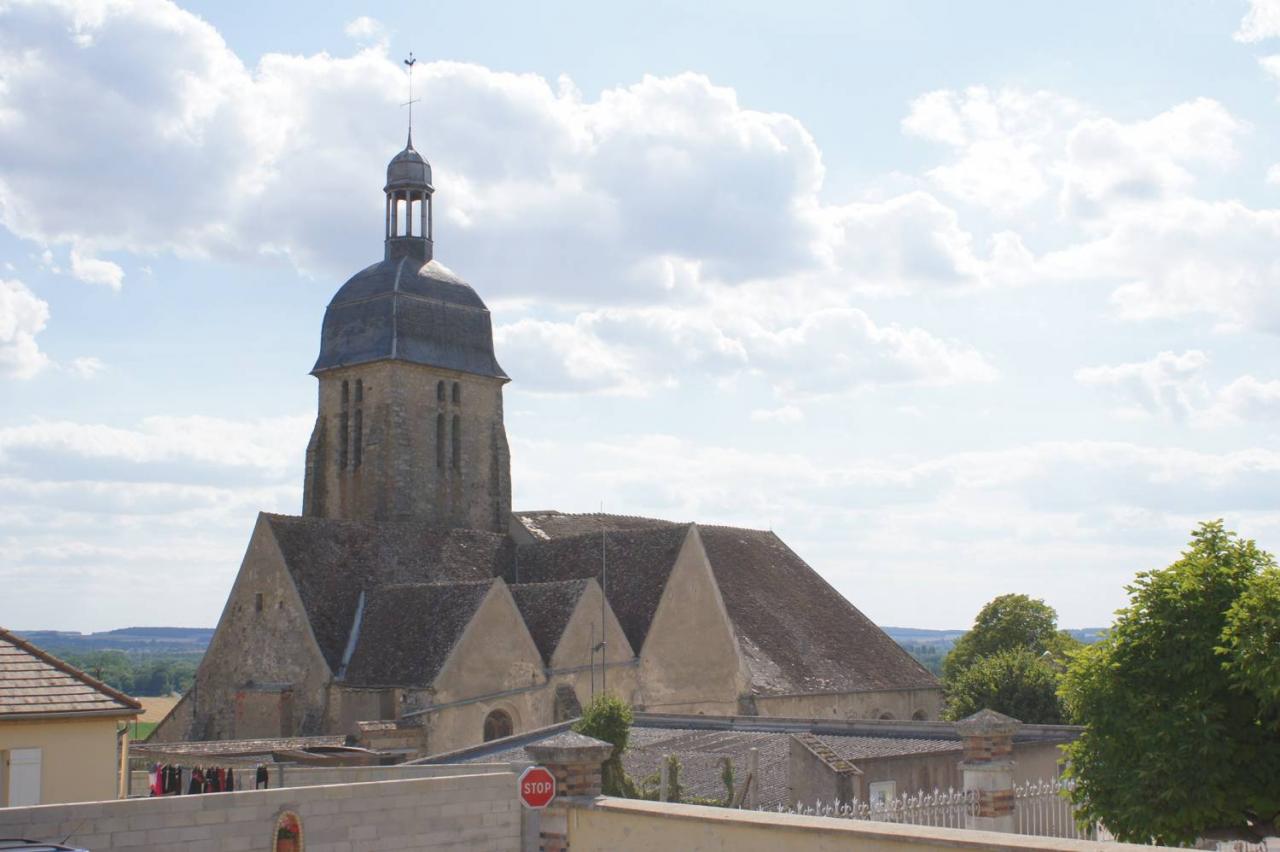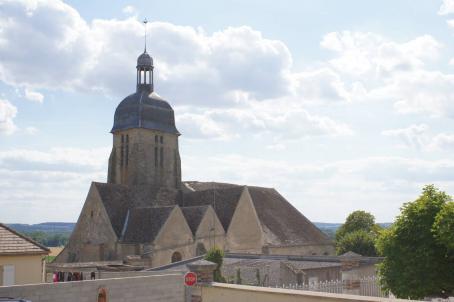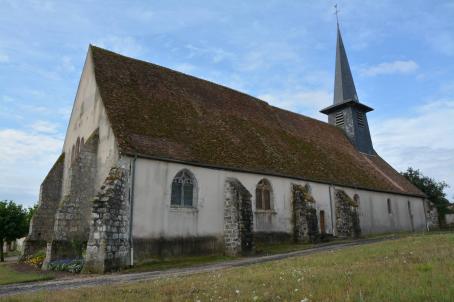Church of Saint-Georges

The Church of St. George, listed as a historical monument, is located in Vinneuf, Bourgogne-Franche-Comté region. From its original construction in the twelfth or thirteenth century, only the Romanesque portal remains. Its bell tower was built in a defensive style in the fourteenth century; the "imperial" dome dates from the 16th and 17th centuries. The building houses remarkable furniture including a sixteenth century altarpiece retracing, in 12 bas-reliefs, the life of Saint George.
About this building
Its particularly high tower (33m), was built for defensive purposes in the fourteenth century. It consists of a square stone tower, framed by powerful buttresses and topped with a slate dome, called "the imperial", which dates from the sixteenth and seventeenth centuries. The church has a vast, primitive nave whose panelled vault has the refined look of an inverted boat hull. The choir, covered with 15th century ogival crosses, was enlarged in the 16th century.
The building houses a remarkable set of furniture: a fourteenth century polychrome statue of a child, a life-size statue of Saint Madeleine of the same period and, in the choir, a large altarpiece of the sixteenth century depicting, in twelve low -reliefs, the miracles and martyrdom of St. George.




